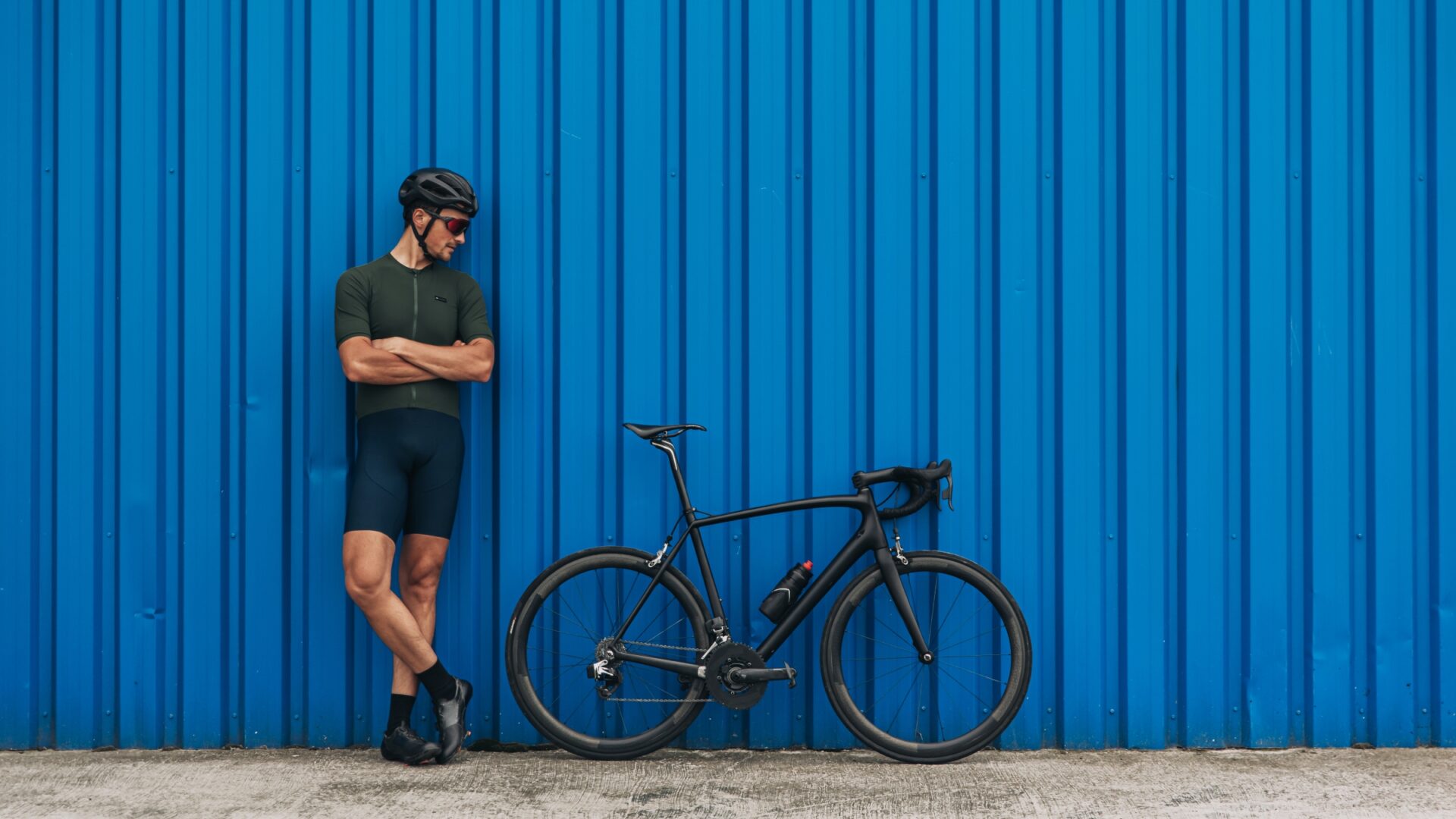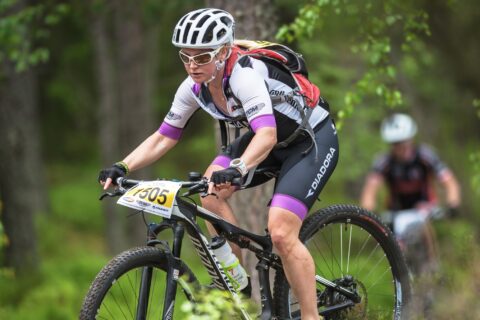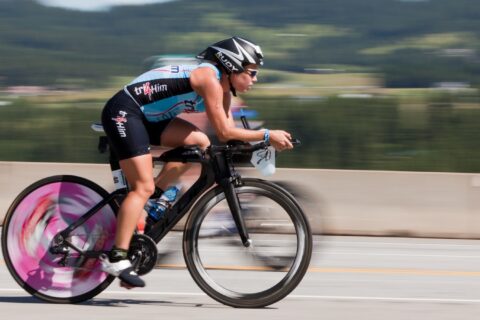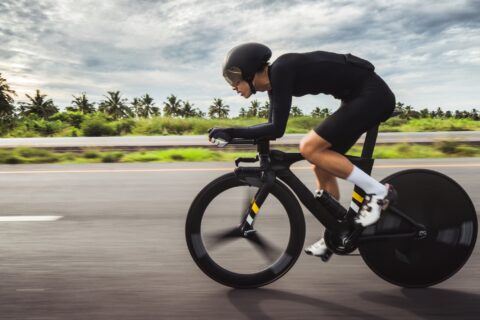Some bike features aren’t worth the high price tag, while other bike upgrades might be worthwhile.
Some bike features aren’t worth the high price tag, while other bike upgrades might be worthwhile.

Some bike features aren’t worth the high price tag, while other bike upgrades might be worthwhile.

Some bike features aren’t worth the high price tag, while other bike upgrades might be worthwhile.

Some say filling a hydration bladder with cold water or ice could improve heat management for gravel riders compared to a standard jersey. This article explores whether that claim holds merit.

You don’t need to spend huge amounts of money on gear to see significant gains in your triathlon times.

Continuous lactate monitors have the potential to be a game changer in the endurance world, but does the technology measure up to the hype?

Learn what aero sensors do for cyclists and whether or not the tech is worth adding to training.